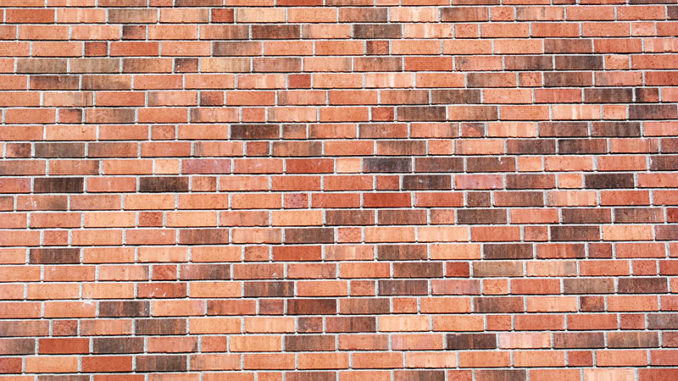
Imagine a wall. It’s two hundred feet high, and slides down another fifty feet underground. It’s constructed of a giant single sheet of composite vibranium & adamantium, just like Captain America’s shield. It is just on the edge of people’s property, so that it doesn’t pass through a single point of private land. It has cameras mounted every ten feet. Depending on your inclination, it may even have retractable lasers. And this wall is free. Other countries’ citizens have happily offered to pay for it.
Now imagine this wall is mounted at the border between the U.S. and Mexico, with huge doors at the ports of entry.
This is the image that has been sold to many regarding “Trump’s Wall”. They are willing to cede some aspects of it. It need not be two hundred feet tall. Steel will be enough. We can pay for it. But let’s ignore all of that for the moment and imagine that THE WALL is there.
Where does its value lie?
The answer to that is in its appearance of permanence. The reason we cannot rely on simple enforcement, we are told, is that future Presidents can easily reduce that enforcement. A wall would keep them from doing so. This argument is particularly persuasive after President Obama created incentives for people to send unaccompanied minors to the border. A wall is a physical structure. The Great Wall of China, erected to keep out Mongol hordes, was effective for centuries.
What the argument ignores is that walls can be torn down. This was a lesson of Berlin. When a populace does not want a wall, it can go away. No matter how fortified, it can disappear in a matter of days if that is desired.
Some things will stay despite being, on the surface, unpopular. That is entirely a measure of degree. A welfare program, for example, that is mildly disliked by 55% of the population, mildly liked by 25% and viewed as critical for survival by 20% will stay around forever, because not every person in the 55% will vote because it goes away but every person of the 20% will be at the polls on an early November morning. That is why the notion of the border fence managed to gain traction despite few polls showing broad support for a national fence… some people were strongly for it, but comparatively few were strongly against it.
A border wall, though? With people both vehemently for and vehemently against it, the entire discussion becomes a matter of popularity. Because a firm majority of the country is against it, even had Trump’s wall been built in the fashion viewed as ideal by its most fervent supporters it would merely have become a rallying point for the following election. Days after the next Democrat inauguration, the wall would have been removed with the type of celebration seen in 1991 Berlin.
This is because, in a free society where power originates with the people, the will of the people takes priority. A minority can wield power for a short time, but ultimately decisions are guided by the principles of the majority.
The problem with the wall… and for that matter a “Green New Deal”… is that activists are taking an issue where they were in a majority (America doesn’t want Clinton / Trump) and are extending that to imply a majority where it absolutely does not exist (America wants a wall / America wants to be vegan or airplane-free).
Forcing an issue down the throat of an unwilling populace breeds resentment and leads to dismal failure. Convince a majority, or do not pursue it. That will be the legacy of Trump’s wall. We will fare better as a nation if we recognize it.
